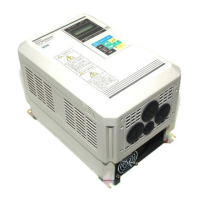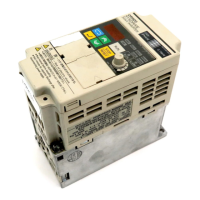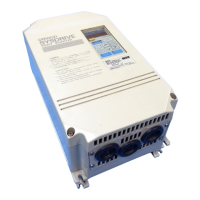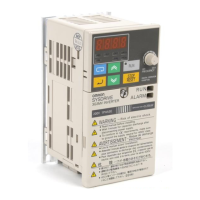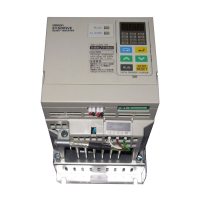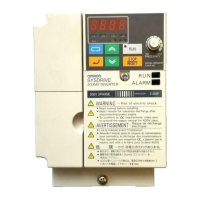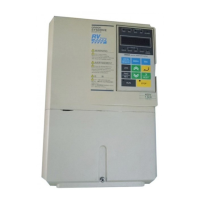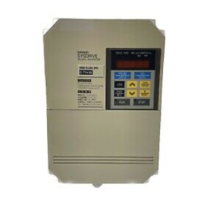6-56
Calculating the PID Parameters
The
PID parameters can be calculated from the R, L, and T values measured above, as shown in
the following table.
Proportional gain (P)
(b5-02)
Integral time (I)
(b5-03)
Derivative time (D)
(b5-05)
P control 0.3/RL --- ---
PI control 0.35/RL 1.2T ---
PID control 0.6/RL T 0.5L
First set the PID control parameters by this method, and then make fine adjustments.
If
the viscous friction of the mechanical system is
high, or if the rigidity is low
, these set values may not be
optimum.
Making Manual Adjustments
Use
the following procedure to make adjustments while using PID
control and observing the response
waveform.
1. Set parameter b5-01 to “1” to “4” (PID control enabled).
2. Increase the proportional gain P (b5-02) in the non-vibration range.
3. Decrease the integral time I (b5-03) in the non-vibration range.
4. Decrease the derivative time I (b5-05) in the non-vibration range.
D Making Fine Adjustments
First set the individual PID control parameters, and then make fine adjustments.
Reducing Overshooting
If overshooting occurs, shorten the derivative time (D) and lengthen the integral time (I).
Response
Before adjustment
After adjustment
Time
Rapidly Stabilizing Control Status
To
rapidly stabilize the control conditions even when overshooting occurs,
shorten the integral time (I)
and lengthen the derivative time (D).
Response
Before adjustment
After adjustment
Time
Advanced Operation Chapter
6
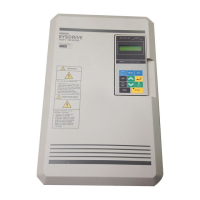
